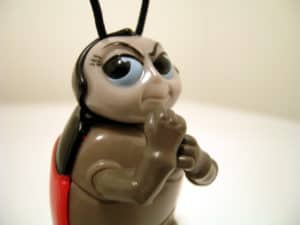Loop Learning Example of Personal Behavior
By Shawn P. Quigley
Leadership Equation
From our previous discussion you may remember the leadership equation: B= f {(Exp3) (A2) (DL) (T)} { f (P2)(GB+GTX)(WC)}. Which was derived from Lewin’s equation of B=f (P,E), (Lewin, 1936). Since we have discussed all of these concepts before it is time to work toward understanding their interrelations.
Personal Behavior
The most logical starting point is personnel behavior (Attitude) a perspective with a range of possibilities. From individual to individual this may very, but everybody has had to start a task or job at sometime. This starting attitude has some basis on being unsure of position and little to no perception of how things are done within the organization. Recall the situational leadership curve, from that we can surmise that most individuals start with a positive attitude.
Communication
Usually during the introduction phase to a new job or task communication is at its’ highest. This usual high level of communication has an effect on the perception the individual has of their situation. The manner and message being communicated will determine what effect it has on perception. Then the perception of the situation will affect the type of experience the individual gains from the task. This brings us right back to the behavior/attitude of the individual. As the number of good or not so good experiences buildup over time they start feeding back on perception. We all refer to this as; been there done that or that is what we always do in these situations.
This internal feedback of experience to perception has a significant impact for negative experiences and is therefore hard to overcome after just a short period of time.
Lewin, K. (1936). Principles of Topological Psychoogy. In K. Lewin, Principles of topological psychoogy. New York: McGraw-Hill.


